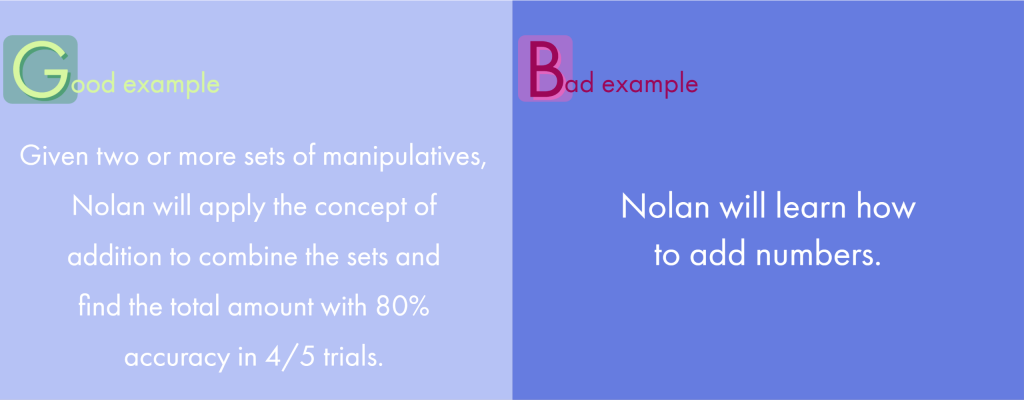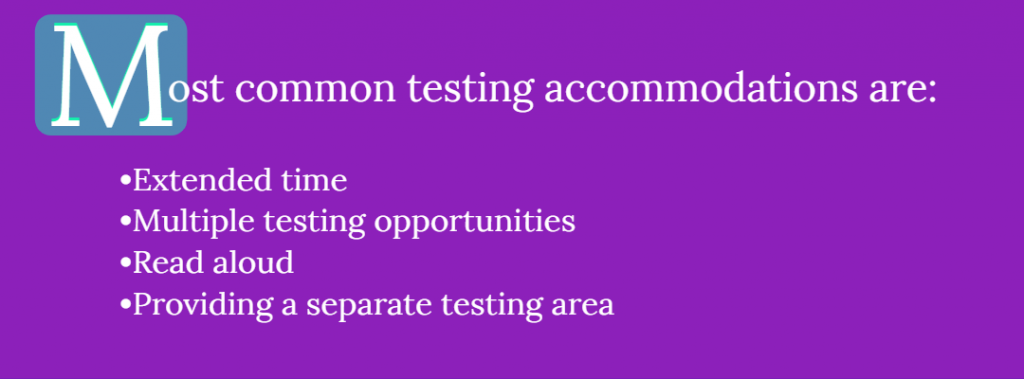Most children with a diagnosis of any kind are provided an
Individualized Education Plan or IEP to help with school.
So what exactly is an IEP?
How do you read it?
And what input can you provide as a parent?
To start, an IEP is a formal education plan written by school professionals that outline how your child will receive support during their school day.
There are 6 major sections included:
1. Present Levels: The child’s current skill levels in multiple areas are explained in this section. This is also where assessment data is reviewed.
These assessments can get very technical and are mainly for other professionals to read. The most important information to understand is the age equivalences and where the child is compared to the “average” score. This is where “below average”, “average”, or “above average” is determined.
2. Parent/Student Input: Parental insights are recorded in this section. It is important to review this section carefully before it becomes an official document. Parents must make sure to communicate any concerns or requirements they wish to be considered. This may include behavior tendencies, coping skills or preferred activities!
3. Annual Goals: Here, the goals for each professional working with the child are listed. Teachers, psychologists, speech, OT, ABA, and other therapists should all be included.
Typically there are a couple of goals from each person working with the child. These goals must be specific and feasible to achieve throughout the year.

A good goal will have a measurable skill to be learned within a specified time. Our good example gives us very specific criteria for determining a mastered task.
A bad goal will have a broad skill with no mention of when the goal should be achieved. Our bad example is too broad and does not provide an outline for the necessary consistency with the skill of addition.
4. Accommodations and Modifications: In this section, all the in-classroom tools the child needs should be listed. These cannot get too detailed, but you do want to make sure each one is listed. When the team trains the next classroom, they can detail the accommodations for them outside of the IEP.
5. State and District Assessments: Most children will not need to participate in state testing. For those who are eligible, necessary accommodations should be listed here.

6. Service Delivery Statement: In this section, each person who works with the child will indicate how many minutes in a set time period they will provide services. Many times speech and OT services have limited time slots and recommend 30-60 minutes per week.

Most importantly, we always recommend having the IEP reviewed by a professional on the child’s team before signing. It is not required to sign the IEP on the spot.
Colorado ABA Therapy is always available to help with these revisions! Take the necessary time to review it and get feedback from other professionals before making it a legal document.
We recommend reaching out to your BCBA if you have any questions or concerns about your current or future IEP.

